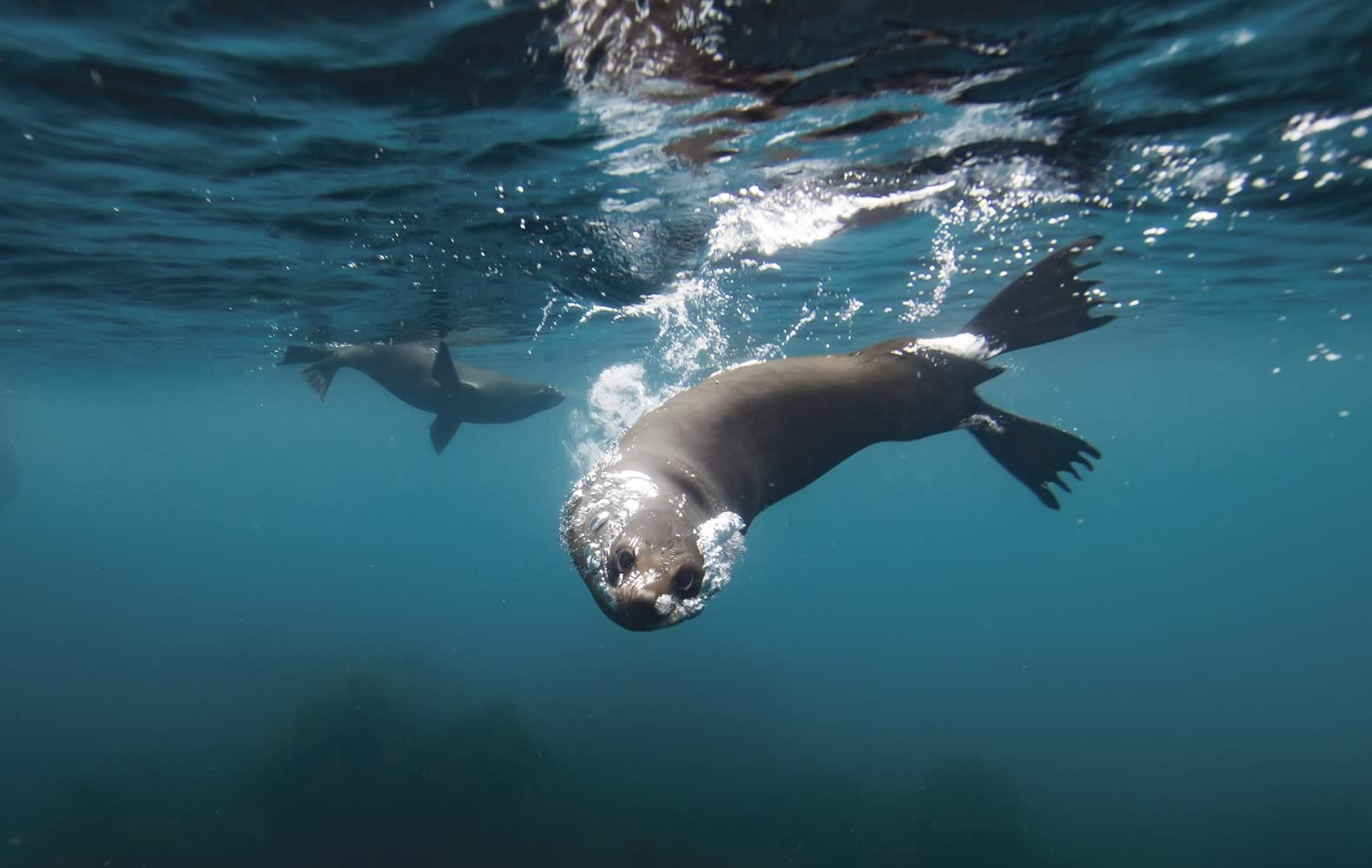2018 State of the Derwent Report Card

Australian Fur seal, Tasman National Park.
A new look, digital report card reviewing the health of the Derwent has found the condition of the estuary improved in many areas but declined in others in 2017–18.
The 2018 State of the Derwent Report Card provides a watching brief on the State of the Derwent Estuary and summarises monitoring data collected by the Derwent Estuary Program (DEP) and partners in the area between New Norfolk and the Iron Pot Light.
Trends in industrial, sewage and stormwater discharges, monitoring results for swimming beaches, heavy metal levels in sediments and seafood, as well as actions taken to clean-up the Derwent are summarised.
The report shows that many environmental conditions improved during 2017 and the early part of 2018, due in part to lower than average rainfall causing a decrease in stormwater and catchment runoff together with continued sewage effluent reuse.
Highlights include:
- An observed plateau in nutrient levels this season and a partial recovery in the condition of seagrass in the upper estuary.
- Water quality at many of the Derwent’s beaches and bays improved in 2018 but there was a decline in water quality in some bays.
- Population surveys and recovery actions implemented to improve the breeding success of the Derwent’s critically endangered spotted handfish.
- Catchment water quality monitoring program involving TasWater, Hydro Tasmania and NRM South completed.
- Monitoring in the upper estuary continued with a focus on dissolved oxygen nutrients and algal growth.
- Development of the penguin collector app to assist BirdLife and UTAS volunteers survey little penguins in the Derwent.
- Annual weed surveys and treatment to eradicate rice grass and prevent the spread of karamu into high value wetlands.
We would like to thank the program’s industry, government, scientific and community partners for their long-term commitment to the DEP and the resources they have collectively provided to contribute to this report card as well as reduce pollution in the estuary.
Read the 2018 State of the Derwent Report Card.
Wednesday 23 January 2019
